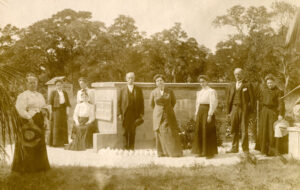In January, the speaker for Estero Island Historic Society’s public meeting will be Martha Bireda, director of the Blanchard House Museum of African American History and Culture of Charlotte County. Ms. Bireda is the great-granddaughter of Queen Evans Andrews, a pioneer who came to Punta Gorda in 1897 from Charleston, South Carolina. She will share stories of the Gullah culture and of her visits with the Gullah people who live on James and Johns Islands. Having just visited the Georgia and South Carolina Coasts, I thought this might be a good time to do a bit of research into the Gullah culture in anticipation of our January meeting.
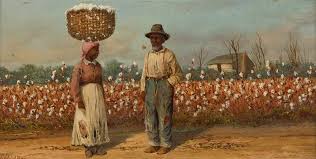
What is the Gullah culture? How did it begin? How has it evolved? These are all questions that led me to visit Daufauskie Island one of many “sea islands” located off the east coast between Hilton Head and Savannah. These islands played an important role in the growth of our country.
Originally inhabited by the Guale and Yamasse tribes, the Sea Islands provided a unique ecosystem utilizing the forests, rivers, and marshlands to maintain a lifestyle based on fishing, hunting, and gathering.
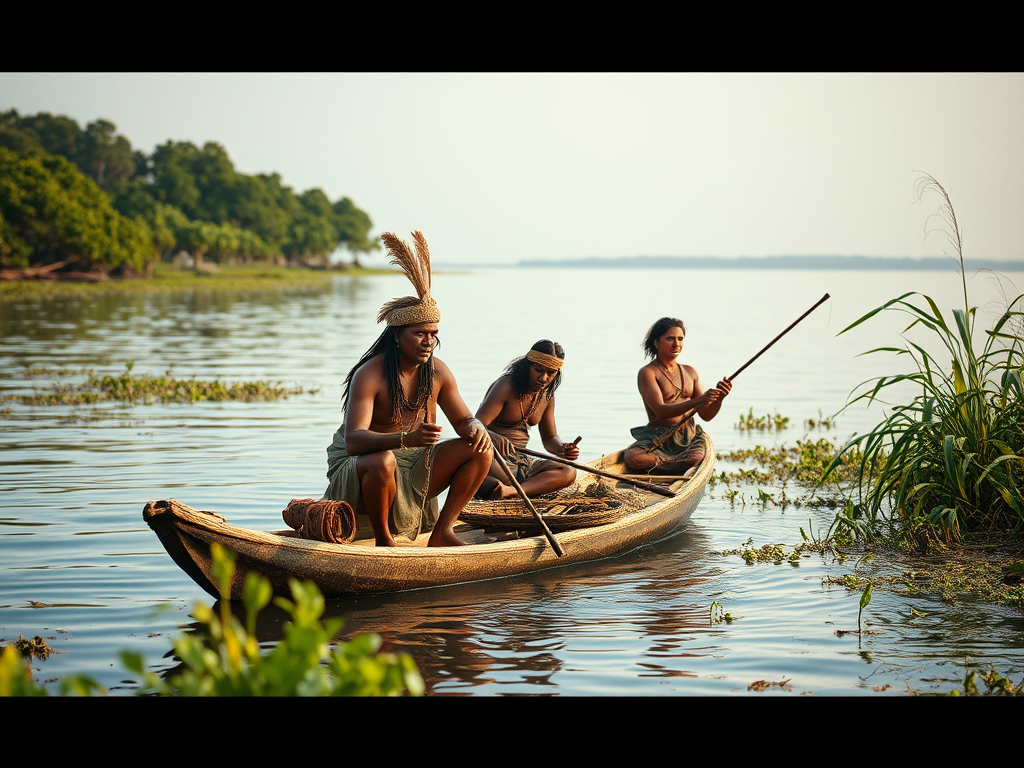
For many years, these tribes lived in harmony with the land until the Spanish explorers arrived in the 16th century. They brought disease and conflicts, and by the 18th century, the Guale and Yamassee had disappeared paving the way for the next wave of Europeans.
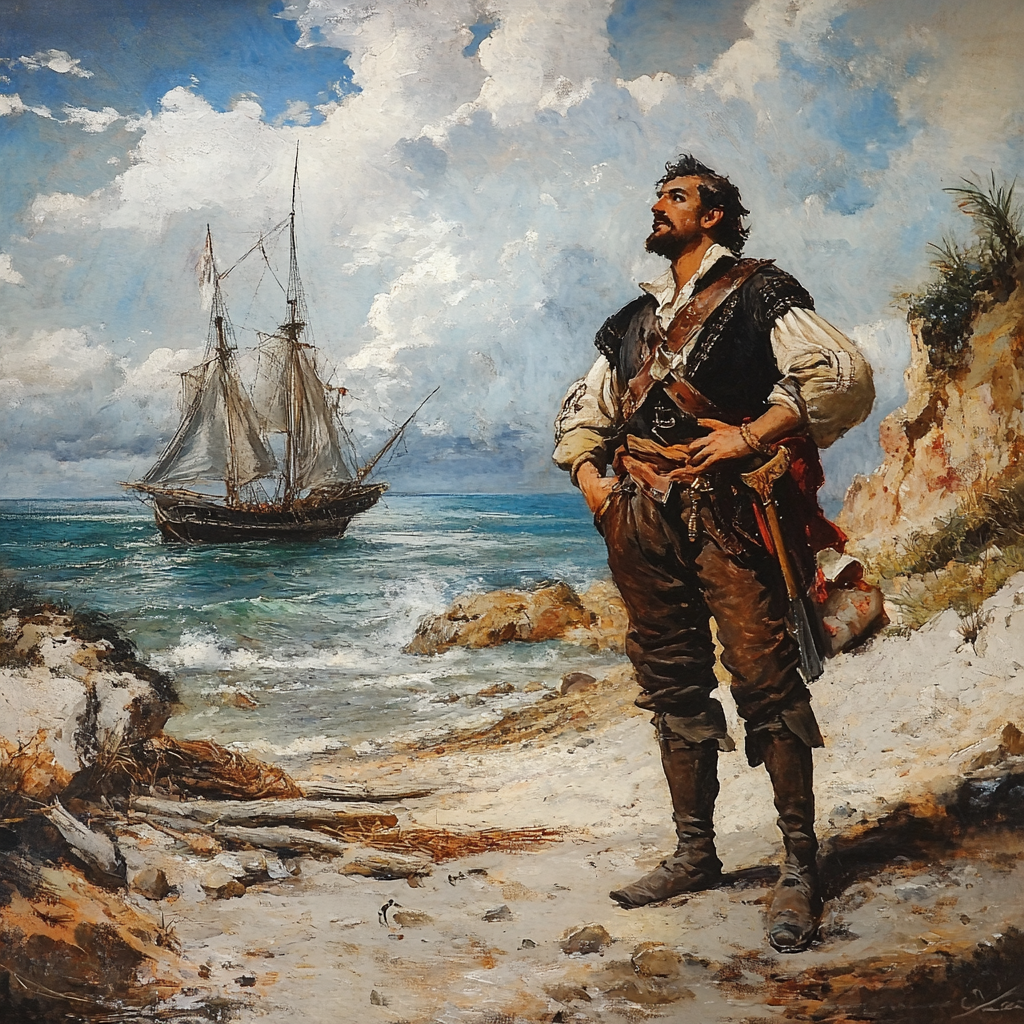
When the Europeans colonized the islands in the 17th century, they established plantations to grow rice and Indigo. These crops required specialized skills and intensive labor, so the plantation owners brought in slaves from West Africa since they were famous for their knowledge of rice growing and their ability to work in tropical climates.
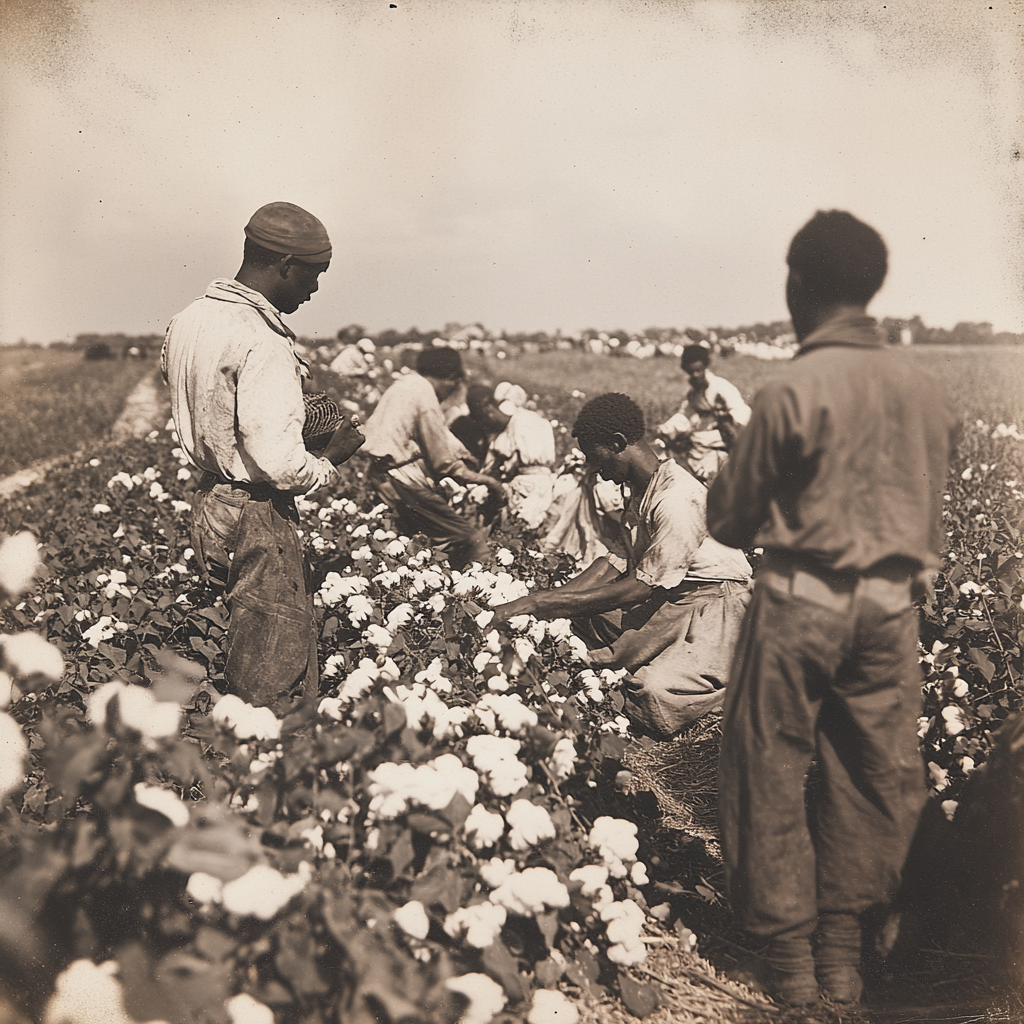
Until the American Revolution, these plantation owners were paid a subsidy to grow Indigo because it was popular in Britain. However, after the war, the British no longer supported the crop, so the focus was now on rice and cotton products.
Before the Civil War, Sea Island Cotton was one of the regions most valuable crops. When the war began, the Union forces captured most of the Sea Islands and the plantation owners abandoned their land leaving the liberated slaves on the island.
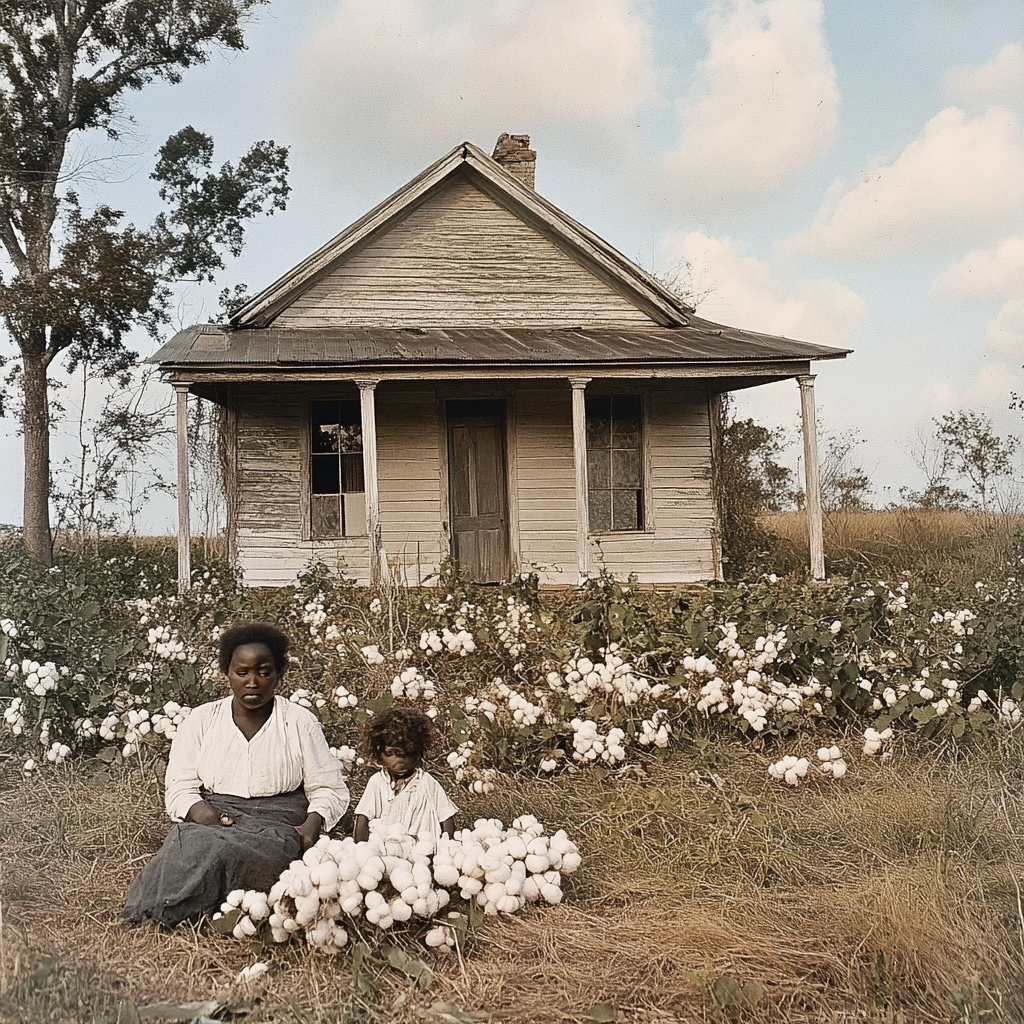
When the plantation system collapsed after the war, the freed slaves were able to stay on the islands and transition to an independent life where they could farm their own land, earn money, and purchase the land. The Sea Islands were one of the first areas in the south where African Americans were able to own land.
During Reconstruction, these former slaves established thriving, self-sustaining communities. They maintained aspects of their Gullah Geeche culture. This culture continued to flourish mainly because of the isolation from the mainland.
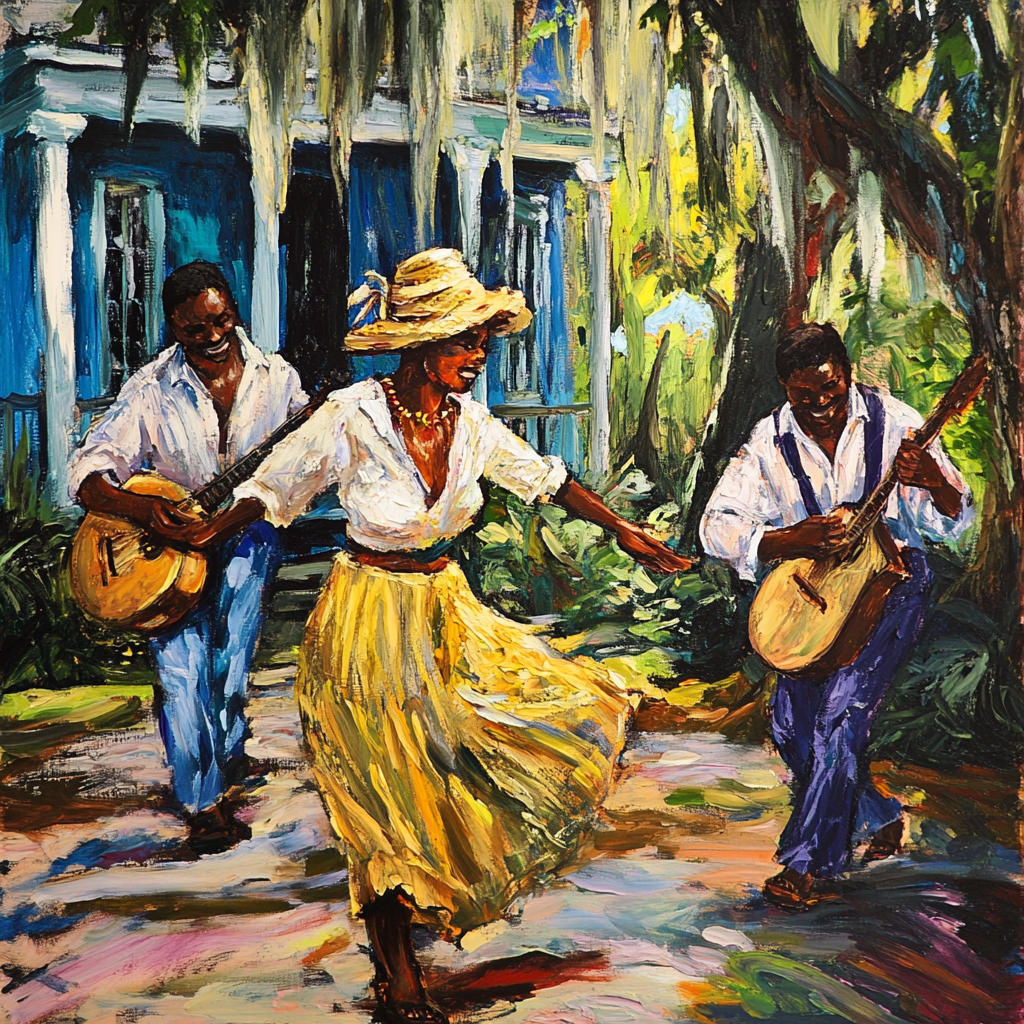
By the early 20th century, the Sea Island began to see the development of tourism. Wealthy families from the North started to visit the islands attracted by their natural beauty and Southern Charm. Some of the first vacation homes and resorts were constructed at this time.
Development of the islands continued into the late 20th century but the emphasis has been on preserving the natural environment and cultural heritage. Citizens began advocating for the protection of the Gullah culture leading to efforts to protect the historic sites and promote sustainable development.
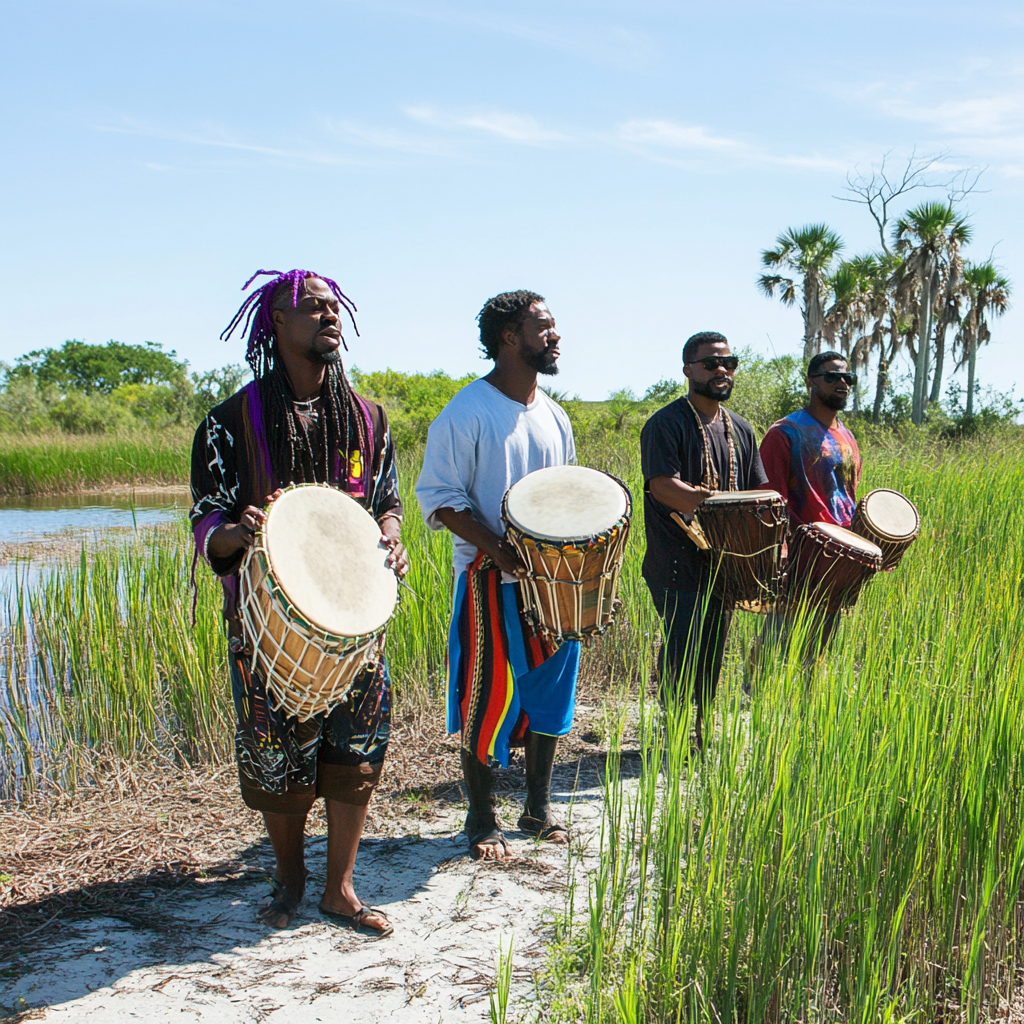
Some freed slaves came South to Florida bringing aspects of their Gullah heritage with them, particularly in isolated or rural communities where African traditions could thrive.
The Gullah people retained rich African customs, many of which mingled with local Native American and Caribbean cultures when they moved to places like Southwest Florida. Although the Blanchard House Museum of African American History is presently closed due to hurricane damage, they continue to have exhibits around Punta Gorda, and Martha Bireda continues to speak about the Gullah people and their influence on Southwest Florida. Please join us on January 13 at 2 PM at the Mound House to hear more about these people and their culture.

